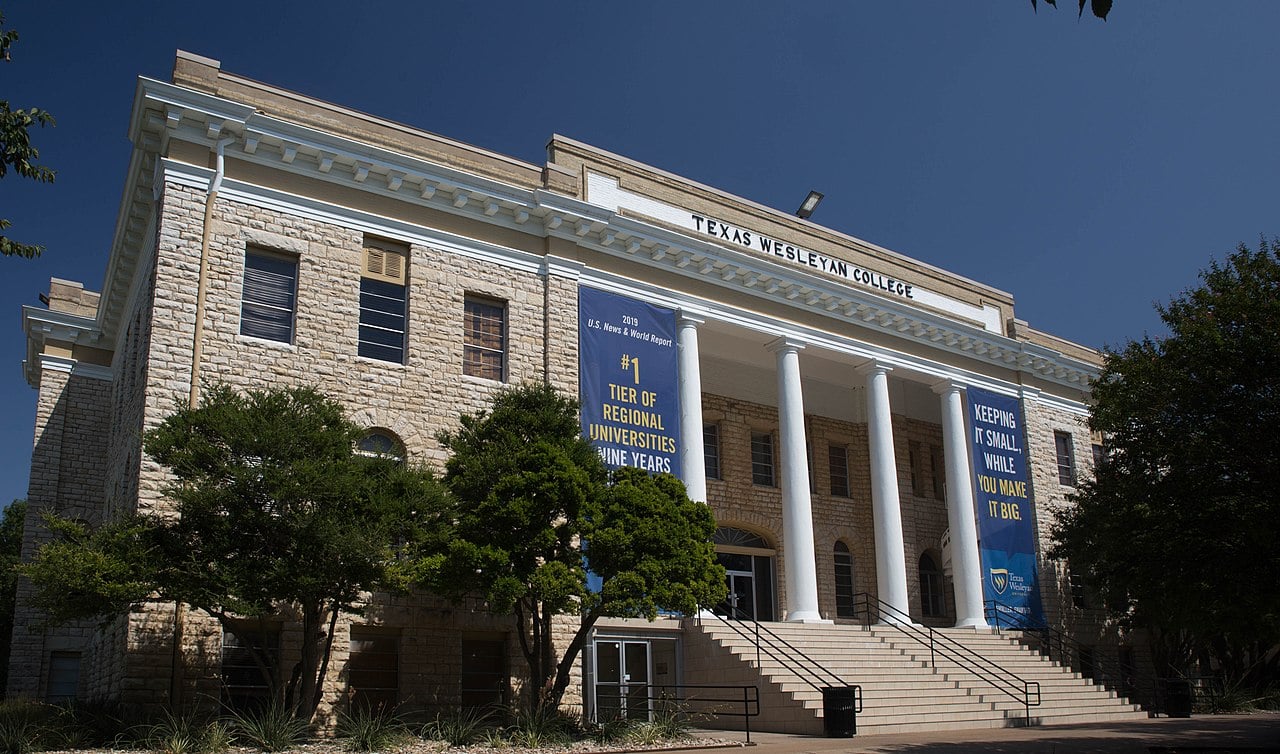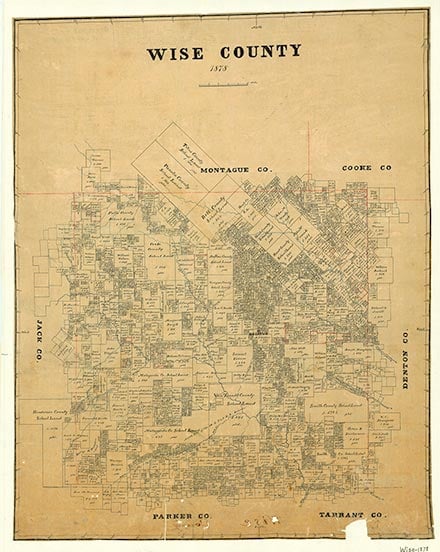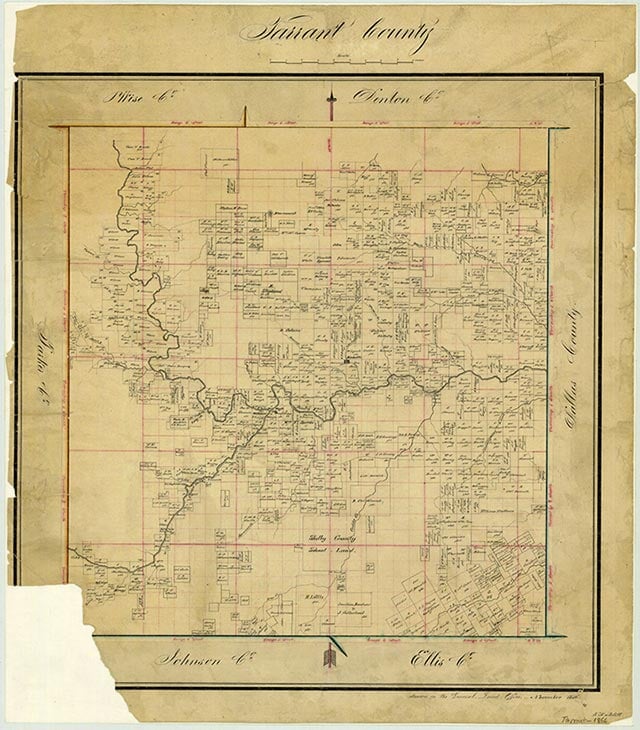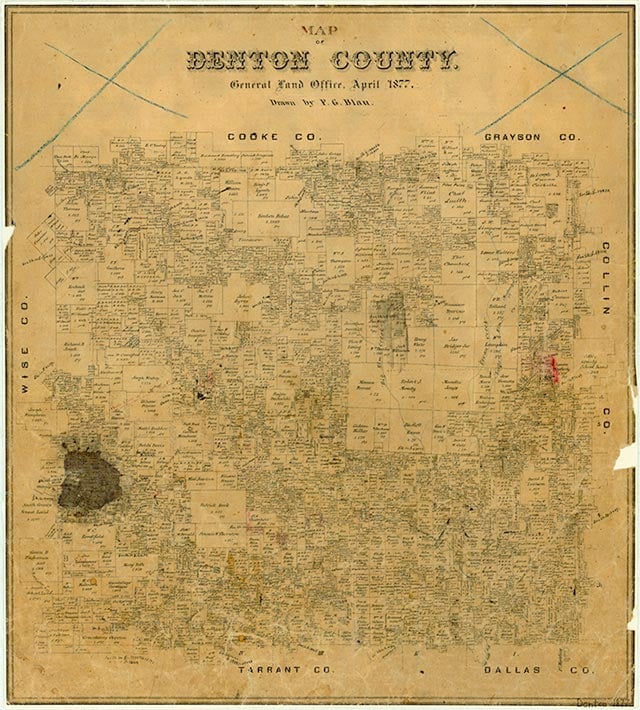Texas Wesleyan University

The Oneal-Sells Administration Building on the campus of Texas Wesleyan University



Texas Wesleyan University is a private liberal arts institution four miles southeast of downtown Fort Worth on a seventy-four-acre campus. The origins of the university can be traced to 1890, when the Northwest Texas Conference of the Methodist Episcopal Church, South, authorized the establishment of Polytechnic College. Bishop Joseph S. Key worked with Fort Worth businessmen to found a new Methodist college in Texas. The church received a gift of 300 acres of land from Fort Worth businessmen A. S. Hall, W. D. Hall, and George Tandy at the Northwest Methodist Conference in Abilene. The college retained fifty acres for the campus; the remaining 250 acres became the community of Polytechnic Heights. Local businessmen also provided funds for the construction of an administration center, a classroom building, and a dormitory. Classes began in 1891 with 105 students enrolled for the fall term. The college was more concerned with converting its students to Christianity than to Methodism. Polytechnic College established a School of Commerce in 1894 to augment its courses in the arts and sciences. The initial success of the college encouraged further construction over the next few years. In 1899, however, the school almost closed when an outbreak of measles, meningitis, and smallpox decreased enrollment to such an extent that the trustees considered abandoning the project. In 1902 Hiram A. Boaz became president. Under his leadership the college rebounded from its initial indebtedness, enrollment surpassed 1,000, and a number of new buildings offered more classroom space and living quarters for students. Because there was no endowment for the college, Boaz proposed to found a new university to replace Vanderbilt University as the flagship school for the Methodist Church west of the Mississippi. To that end, he sought to merge Southwestern University in Georgetown with Polytechnic and house the new school at the Fort Worth site. The Educational Commission of the Methodist Church approved the idea but instead opted to develop Southern Methodist University in Dallas into such an institution. Thus the merger did not take effect, and Boaz was appointed president of SMU. As a result of these changes in 1913–14, the school once again suffered financial difficulties, forcing a reorganization. In the fall of 1914 the school changed its name and focus; Polytechnic College became Texas Woman's College. The new school followed the mission that the founders of Polytechnic had conceived, and worked to guide young women through an understanding of the liberal arts from the perspective of the Church and the family. The school recruited a faculty with fine arts training from European conservatories.
The college managed to sustain itself until the Great Depression of the early 1930s, when a loss of income and a drop in student enrollment forced the Methodist Church to reconsider the school's future. In order to increase enrollment the executive committee of the board of trustees in 1934 authorized the college to become a coeducational institution again. The change officially took place in the fall of 1935, when the school operated under its new name, Texas Wesleyan College. That same year the board of trustees appointed Dean Law Sone to the presidency. When Texas Wesleyan Academy (formerly Texas Wesleyan College) in Austin sold its property to the University of Texas, Texas Wesleyan in Fort Worth was granted a $100,000 loan. In February 1939 the college filed suit against Texas Wesleyan Academy and stated that the money from the sale of the school was church money, not private money. The court ruled in favor of the Fort Worth school in 1941, and after an appeal an agreement that cancelled the $100,000 loan debt was reached. The support provided by the Austin academy and the leadership of the new president changed the fortunes of the college. Under the tenure of Sone, Texas Wesleyan College built eight new buildings, including a 100,000-volume-capacity library and a student center. Student enrollment increased to more than 1000, and the college freed itself of debt in 1942. During the next two decades Texas Wesleyan College continued to prosper, offering bachelor of arts degrees in four areas and a master's program in education. W. M. Pearce became president of the school in 1968 after Sone's retirement. Pearce oversaw the construction of more new buildings, the enhancement of the school's academic reputation, the growth of its endowment and retirement programs, the establishment of tenure, and the modernization of the school's budget. Student enrollment surpassed the 2,000 mark in 1969. By 1970 the campus had grown to forty-one acres and twenty-two buildings. A $2 million endowment ensured financial security.
David Minor | © TSHA

Adapted from the official Handbook of Texas, a state encyclopedia developed by Texas State Historical Association (TSHA). It is an authoritative source of trusted historical records.

- ✅ Adoption Status:
Belongs to
Texas Wesleyan University is part of or belongs to the following places:
Date of Founding Notes
Classes first held in 1891 as college; current name, 1989
Private Sectarian Ownership Notes
United Methodist
People
-
President, Dr. Frederick G. Slabach 2011–Present
Currently Exists
Yes
Place type
Texas Wesleyan University is classified as a College or University
Tags
External Websites
- Texas Wesleyan University (Official Website)
Fall Enrollment Count, 2022 View more »
2,653
